AHMEDABAD, INDIA—Analysis of fatty residues in pottery recovered from a burial in Surkotada, a Harappan site in northwestern India, indicates that people boiled and fried their food, according to a report in The Times of India. The site was occupied for a period of about 400 years, beginning about 4,100 years ago. Ahana Ghosh of the Indian Institute of Technology-Gandhinagar said that lipids were found on the rims of some of the pots and on the bases of others. “Our hypothesis says that this happened because of the process of boiling, during which the lipids traveled upwards and got lodged near the rim,” Ghosh said. “The concentration of lipids at the base of the pot indicates that frying at high temperature was also a cooking method that was used,” she added. The foods are thought to have been types of plants and fish or shellfish, Ghosh concluded. To read about a double burial uncovered at one of the largest Harappan cities, go to "A Plot of Their Own."
Traces of Two Cooking Methods Identified in Harappan Pottery
News October 8, 2024
Recommended Articles
Digs & Discoveries May/June 2024
Educational Idols
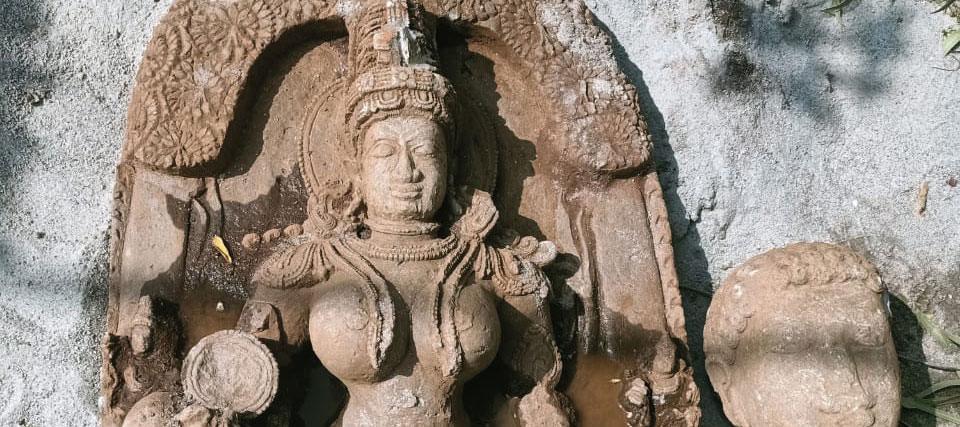
When Lions Were King September/October 2023
Symbols
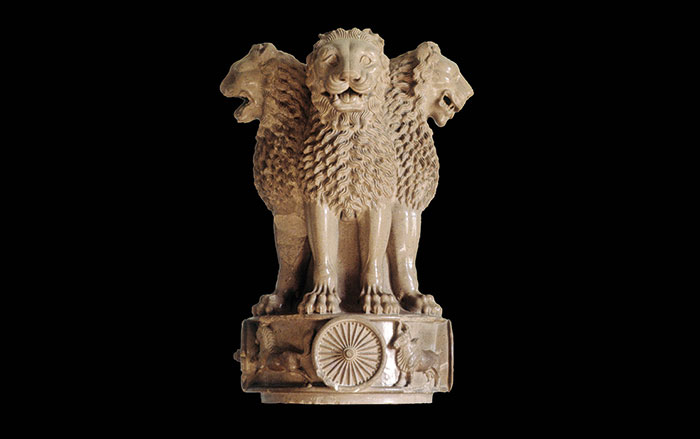
Digs & Discoveries September/October 2023
The Elephant and the Buddha
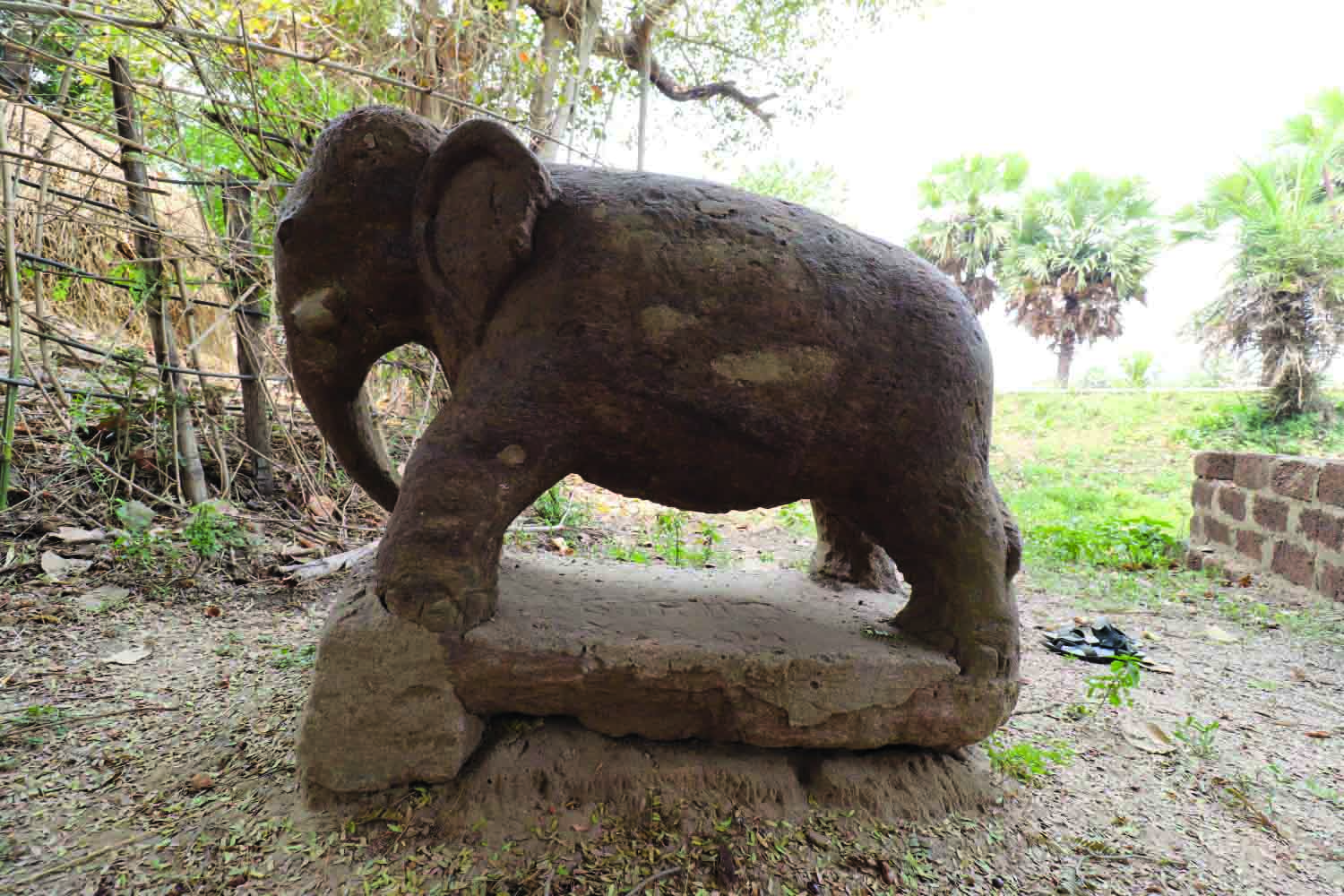
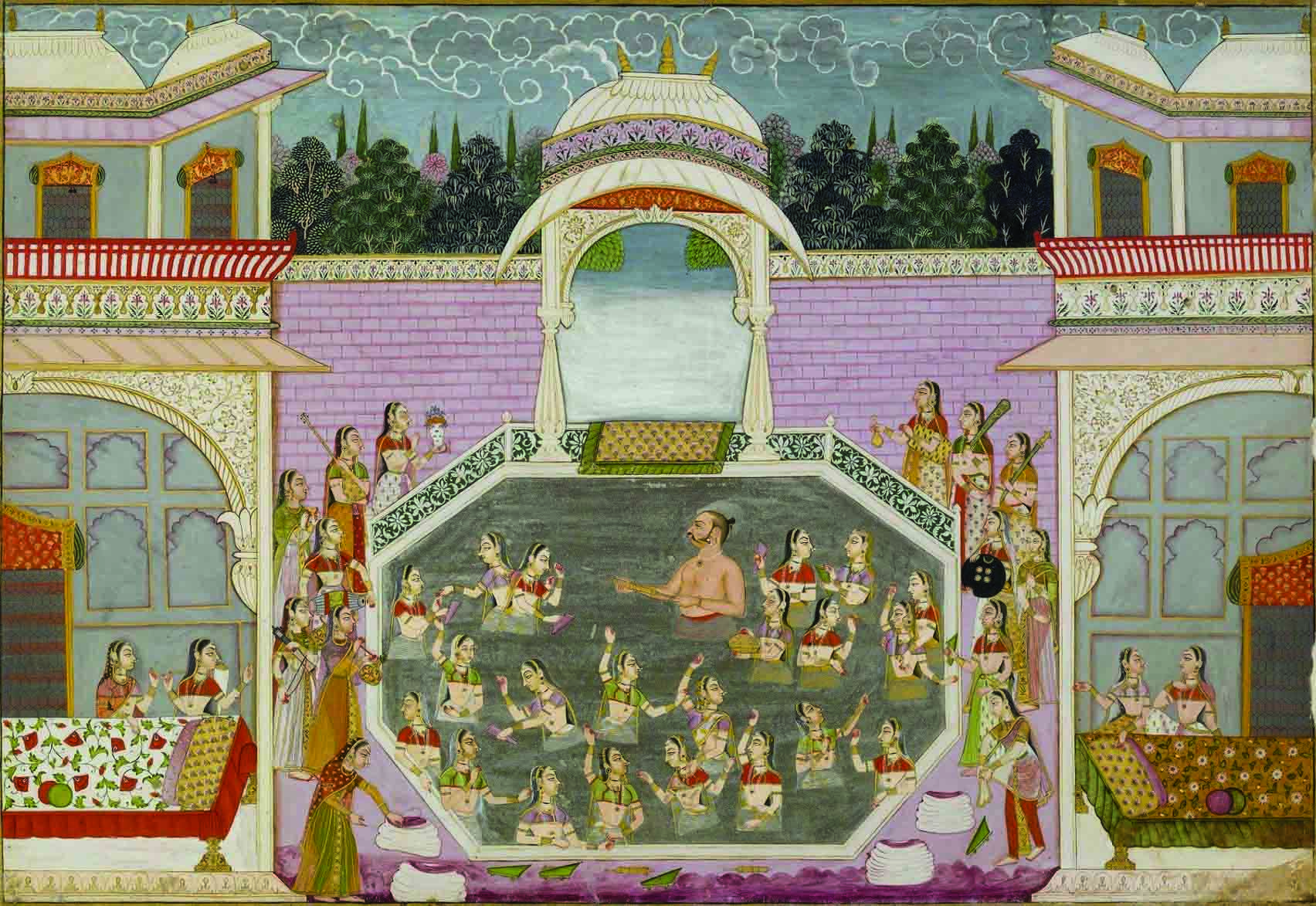
-
Features September/October 2024
Hunting for the Lost Temple of Artemis
After a century of searching, a chance discovery led archaeologists to one of the most important sanctuaries in the ancient Greek world
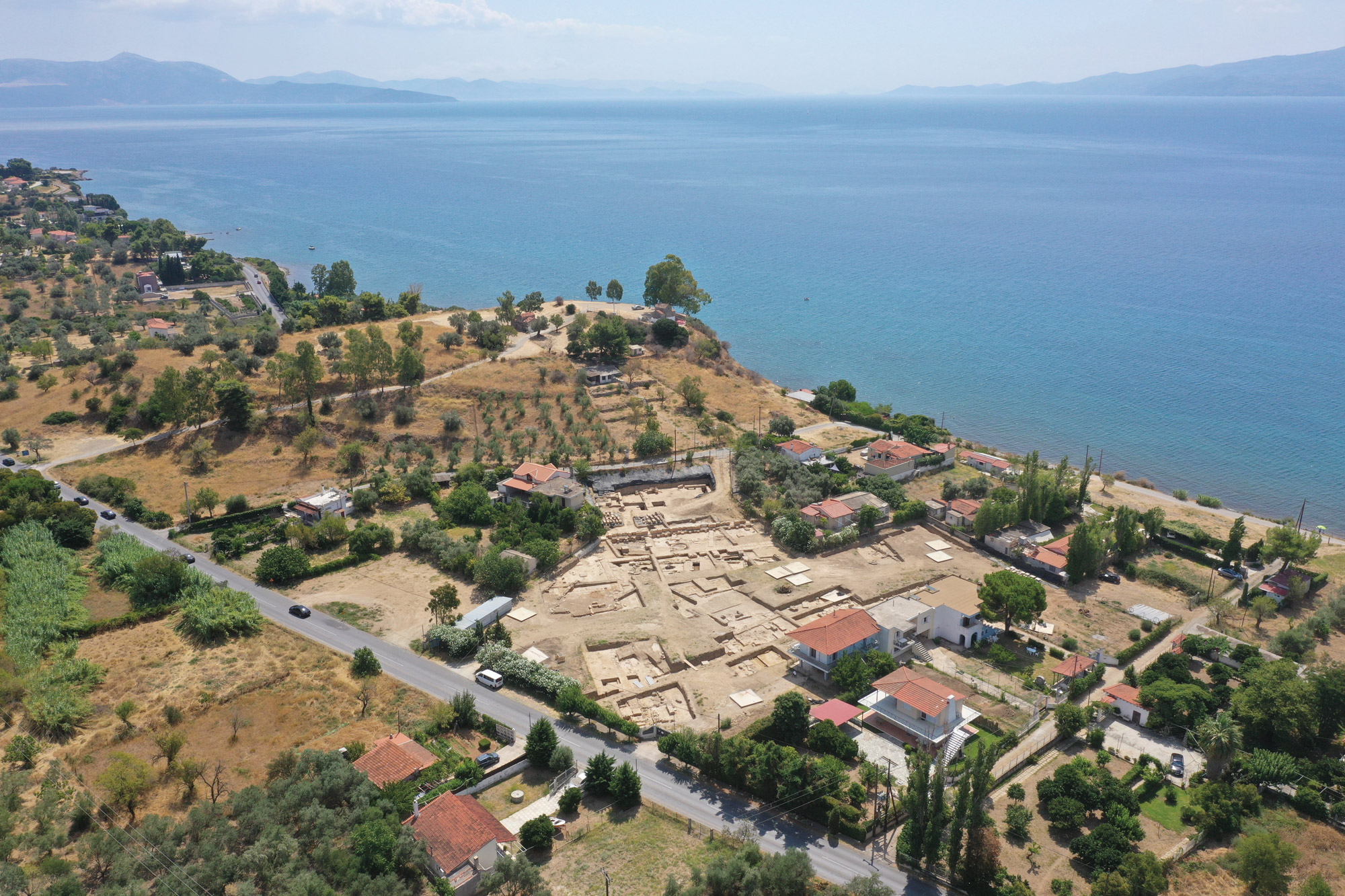 Courtesy Swiss School of Archaeology in Greece
Courtesy Swiss School of Archaeology in Greece -
Features September/October 2024
Trees of the Sky World
Why Australia’s Indigenous Wiradjuri people carved sacred symbols into trees to mark burials of their honored dead
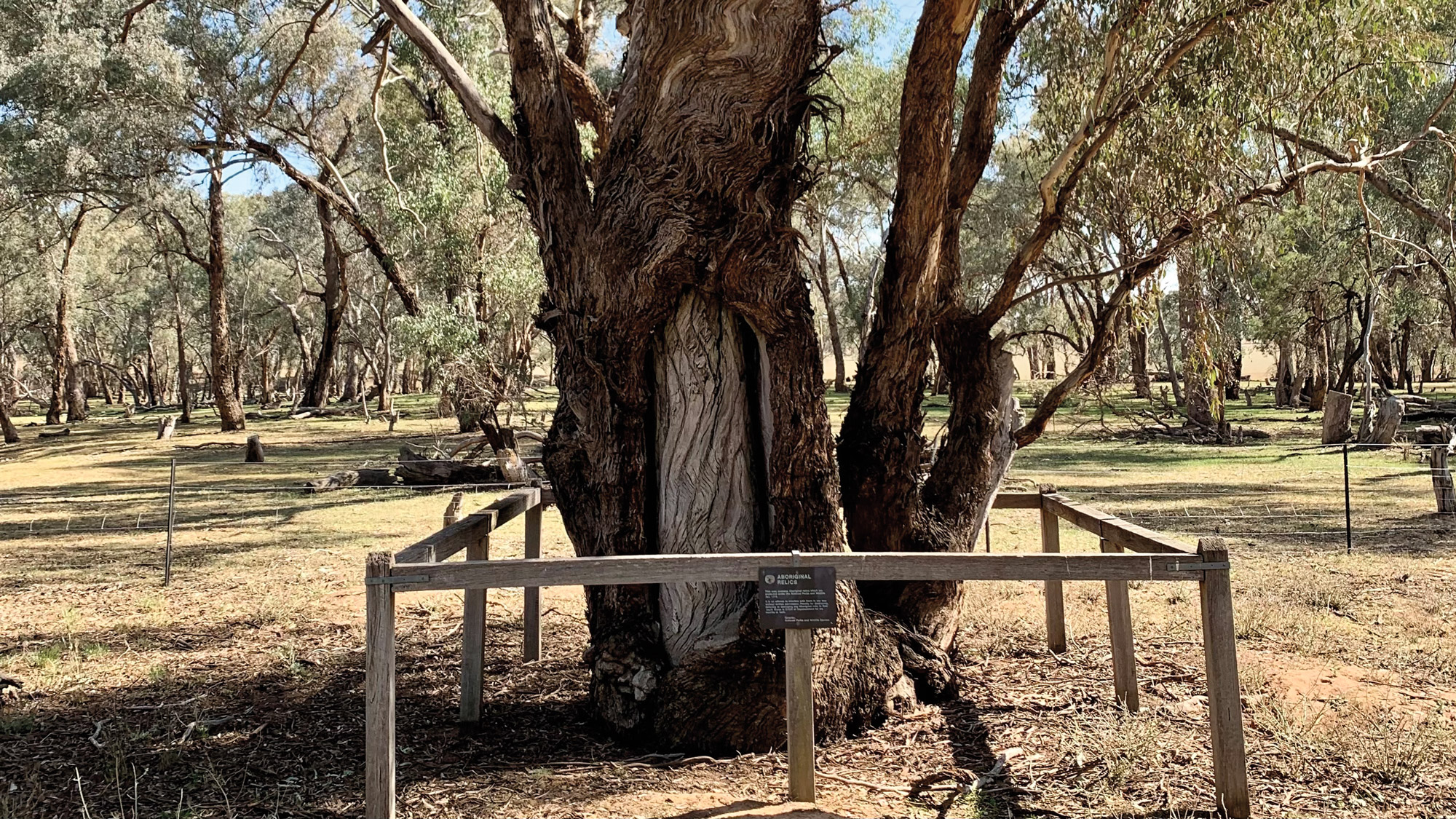 Courtesy Caroline Spry
Courtesy Caroline Spry -
Features September/October 2024
The People Before the Book
A trove of papyri unearthed on the Egyptian island of Elephantine gives voice to an early Jewish community
 Bildarchiv Steffens/Bridgeman Images
Bildarchiv Steffens/Bridgeman Images -
Features September/October 2024
Pompeii Style
Inside the Roman houses where archaeologists continue to discover evocative new masterpieces
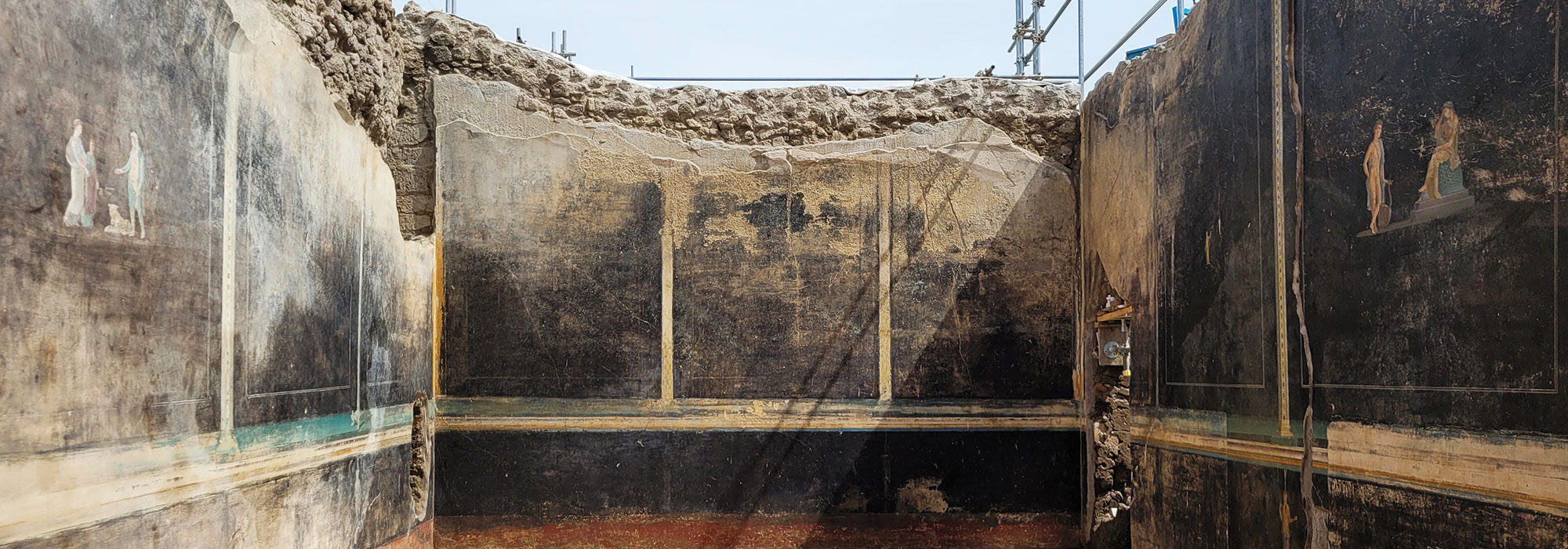 Courtesy Soprintendenza Archeologica di Pompei
Courtesy Soprintendenza Archeologica di Pompei


